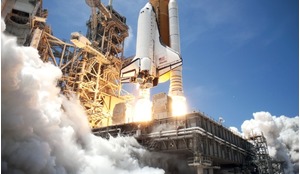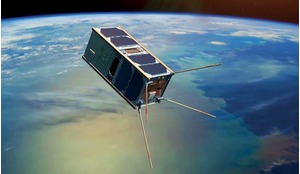Agriculture remains one of the most challenging sectors in which to stimulate growth and prosperity in the developing world. Satellite data has been used to monitor the agricultural sector for the last three decades but its scope within the research community has been limited. Naryan Prasad, co-founder of Satsearch.co looks at how Space big data, together with financial technology, can be used in India for the benefit of farmers and to create a possible e-governance framework to solve problems scalable from a farm level perspective to the entire nation.
India has one of the largest farming communities in the world with as much as 67 percent of the country’s farmland being held by marginal farmers with personal holdings below one hectare, compared to less than one percent in large holdings of 10 hectares or above.
Some of the immediate challenges faced by marginal farmers in India are depleting groundwater resources, climate change bringing an increasing frequency of extreme events like droughts and floods, a lack of fair and timely compensation for losses incurred, a lack of transparency in fixing fair prices for produce, and difficulty in accessing credit through the banking sector. Other problems at farm level include over- or under-fertilization, which impacts total production of a crop.














